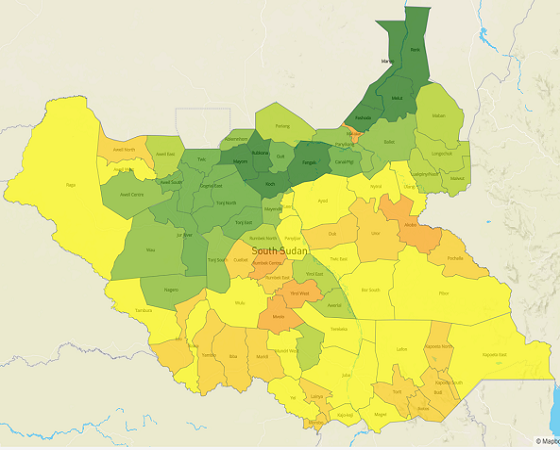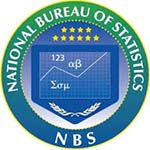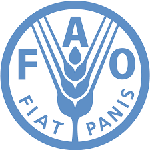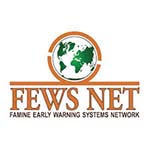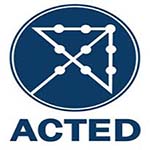livestock
The Livestock sub-sector in South Sudan is currently poorly understood and articulated as a result of lack of reliable livestock data which has undermined strategy development, planning, investment and coordination at all levels and across the stakeholders (CAMP Situation Analysis Report, 2013/2015). The AFIS programme of FAO is supporting GRSS institutions and partners to systematically collect and analyze data on Livestock. This activity aims to make better livestock data and information available to the GRSS and partners for the development of the livestock sector and underpinning policy. The system will collect information such as: Monthly Livestock Production trends (Milk, Meat, Calving, Mortality), Livestock Body Condition, Pasture Conditions, Livestock Migration, Livestock Prices and Markets, Livestock Diseases etc.
Capacity development of the relevant GRSS institutions is also a primary AFIS objective, while improving the information quality/quantity and promoting its use by decision makers.
The system is useful to inform Decision Making in the following areas:
1. Development planning The project intends to generate good quality Quantitative and Qualitative statistics and information to inform the agricultural development of the GRSS. This information will help identify the development potential and challenges of different livestock systems countrywide in order to help identify priority programmes/projects and the resources required to implement them.
2. Early Warning and Food Security Monitoring Livestock Information will be incorporated into the National Early Warning Systems (EWS) to provide information that complements other information, and give an accurate picture of the household/local community food security situation. This would enable a much more targeted and timely intervention, because most households’ livelihoods depend on livestock production (milk and meat), market conditions etc.
3. Monitoring and Evaluation of Interventions Good quality statistics are key to agriculture investments and monitoring and evaluation (M&E) of results. Livestock information generated here will in future be used to track the impact on household well-being and food security of longer-term interventions (i.e., development projects and programs) and to short-term (emergency) interventions and estimate the expected impact of public service delivery.
Reports
South Sudan Livestock Bulletin, Apr-Sept 2022
Nov 21st 2022Livestock play a critical role in the food systems and livelihood of pastoralist and agro-pastoralist communities across South Sudan. Livestock are regarded as moving banks, and play a significant socio-economic function during the natural and man-made disasters such as floods, drought and intercommunal conflicts where foodstuffs are destroyed or not available. Climatic change-related shocks such as floods, drought, animal diseases, resource and politically related conflicts have worsened the situation of agro-pastoralist and pastoralist communities and significantly affected livestock mobility and traditional migration routes and patterns. This has also affected access to traditional water and pasture resources as well as markets.
DownloadSouth Sudan Livestock Bulletin, Jan-March 2022
May 4th 2022Climatic shocks such as floods and drought, animal diseases and livestock-related conflict have worsened the situation of pastoralist communities and significantly affected livestock mobility and traditional migration routes and patterns – the most critical element of any pastoral production system.
DownloadLivestock Bulletin South Sudan, July - December 2021
Mar 30th 2022Between July and December 2021, FAO and partners such as Save the Children, Smile Again Africa Development Organization (SAADO) and Marial Lou Training Center, vaccinated 680 938 animals against various diseases. Between April and June 2021, FAO and partners vaccinated 1 606 281 animals. To support vaccinations, in addition to the 295 fridges installed in 130 locations across South Sudan, FAO also installed new cold chain facilities in Kapoeta East, Kapoeta North, Kapoeta South and Tali, in Terekeka .
DownloadLivestock Bulletin South Sudan, April -June 2021
Mar 15th 2022Livestock play a critical role in the food security and the overall well-being of pastoralist and agro-pastoralist communities in South Sudan by providing milk, meat, blood, income, and as draught power. Livestock also play a multitude of socio-cultural functions including the provision of prestige and social status, bridal gifts, payment and communal feasts and sacrifices.
DownloadSouth Sudan Livestock Update, January - March 2020
Apr 7th 2020The key highlights are:-
• Cattle rustling is on the rise beginning from February to March in most parts of South Sudan and is likely to lead to asset loss, population displacement, disruption of animal health services delivery and will cause food insecurity among the affected pastoralists and agro-pastoralists.
• Desert locusts continue to move deeper into South Sudan and the invasion is likely to result in significant damage to pastures leading to food insecurity among the affected livestock keeping communities.
• FAO and partners disposed 2 320 carcasses by on-site burning around Lekuangole and along the Lekuangole-Pibor road in Pibor County. The animals’ deaths were related to recent cattle raiding events.
FAO Livestock Show and Agricultural Exhibition to Promote Food Security - Rumbek
Feb 6th 2020In partnership with the Ministry of Livestock and Fisheries and the United States Army Civil Affairs Battalion, the Food and Agriculture Organization of the United Nations (FAO) conducted the first-ever livestock show in Rumbek on 10th July 2019. The show brought together government officials, representatives of the United Nations agencies and non-governmental organizations, and local residents to share experiences on best practices in the livestock sector. Livestock keepers gathered in Rumbek Freedom Square and took part in the show with around 150 cattle, 200 sheep and 250 goats.
DownloadFAO Livestock Show and Agricultural Exhibition to Promote Food Security - Torit
Feb 6th 2020The Livestock Show and Agricultural Exhibition also brought together government officials, representatives of non-governmental organizations (NGOs), UN agencies and donor representatives from USAID, the European Union (EU), and the Embassies of China, France, Germany and Norway, to witness agricultural practices by the local communities. Livestock keepers assembled in Torit, which welcomed a total of 667 livestock including 140 cattle, 130 sheep and 397 goats for the show. The competition was organized under three livestock categories of cattle, goats and sheep
Download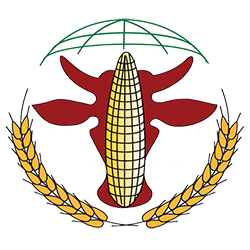 CLiMIS
CLiMIS 

